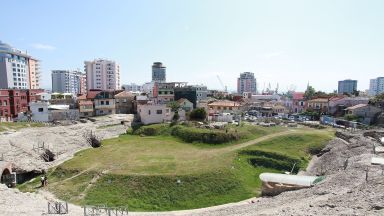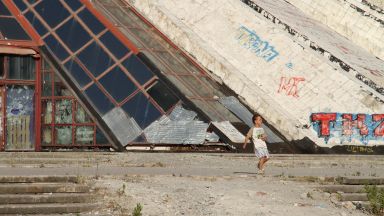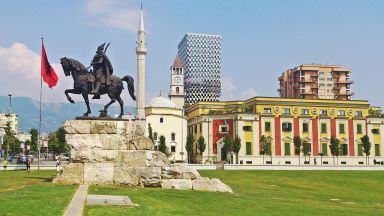Peshkopi: The Complete Guide

Peshkopi or Peshkopia is a town in north-east Albania, in Diber County, on the east side of the Black Drin river. Due to the hilly terrain and large amount of trees, mountain tourism is the primary type of tourism in the area. In the Dibra district are two of Albania’s thirteen national parks, Lurë National Park, and Korab-Koritnik Nature Park, which offer winter and summer mountain tourism, including hiking, cycling, biking, trekking, picnics, fishing, kayaking, and so on.
Visiting Peshkopi for the first time and wondering what are the top places to see in the city? In this complete guide, I share the best things to do in Peshkopi on the first visit. Top help you plan your trip, I have also included an interactive map and practical tips for visiting!
This website uses affiliate links which earn a small commission at no additional cost to you.


